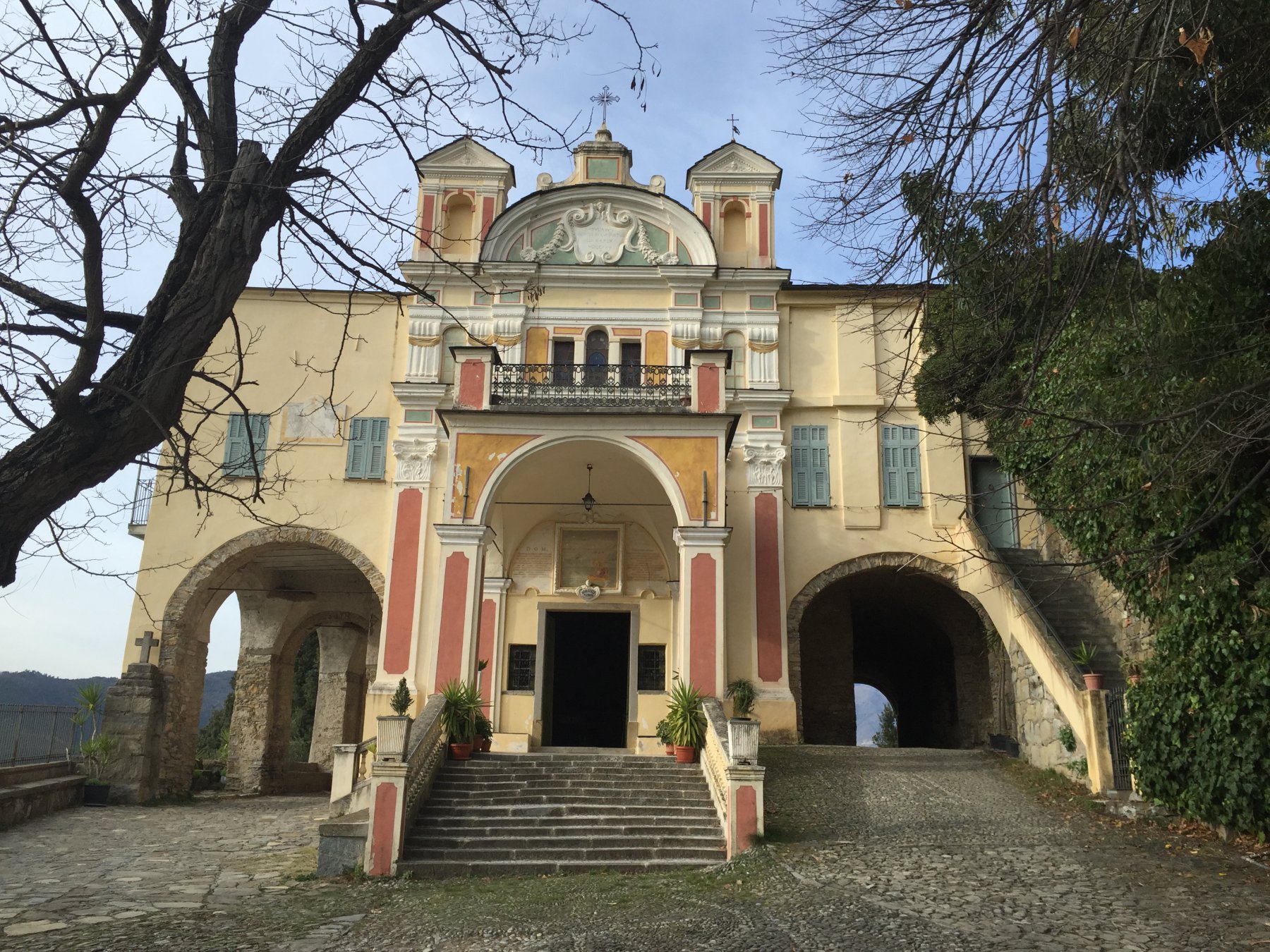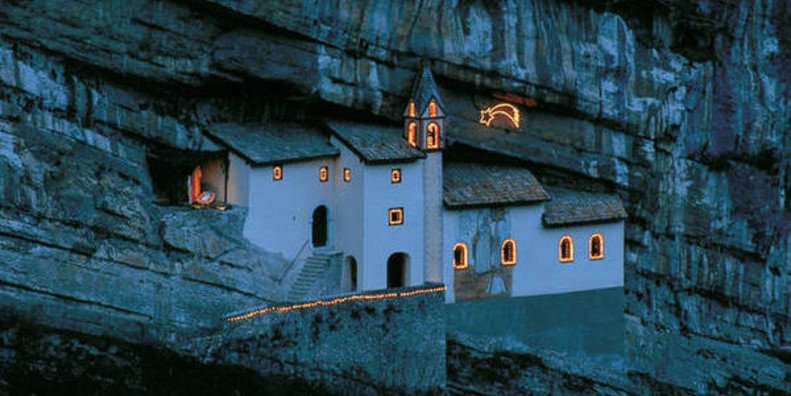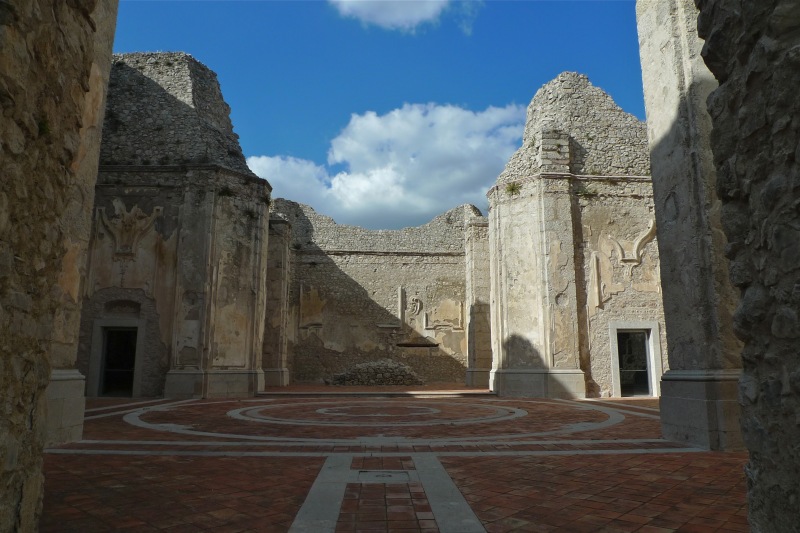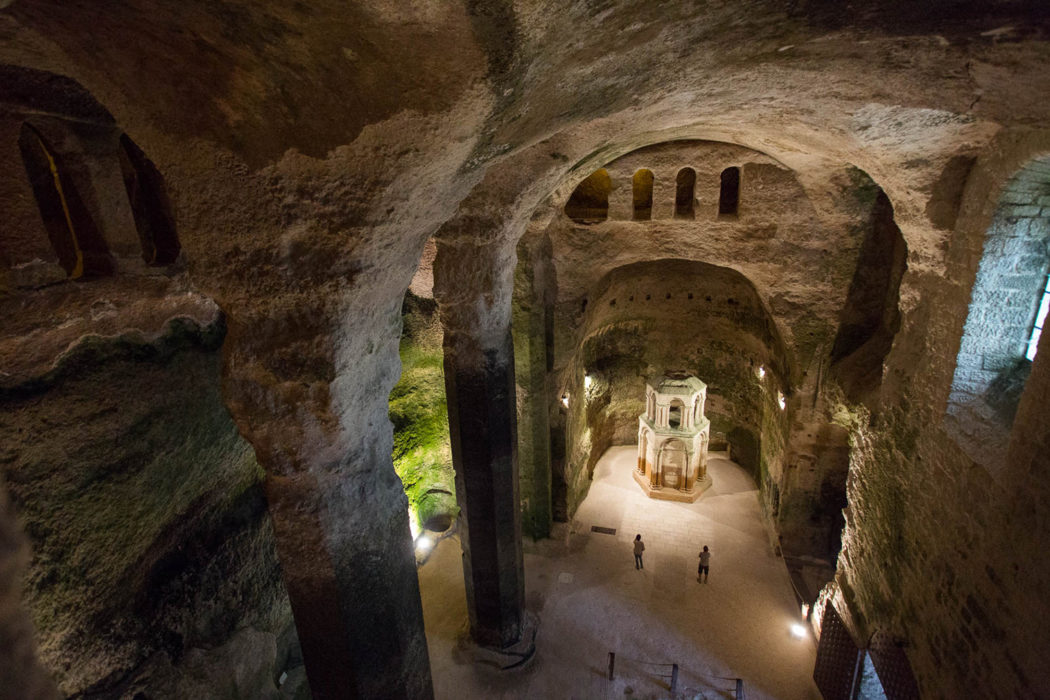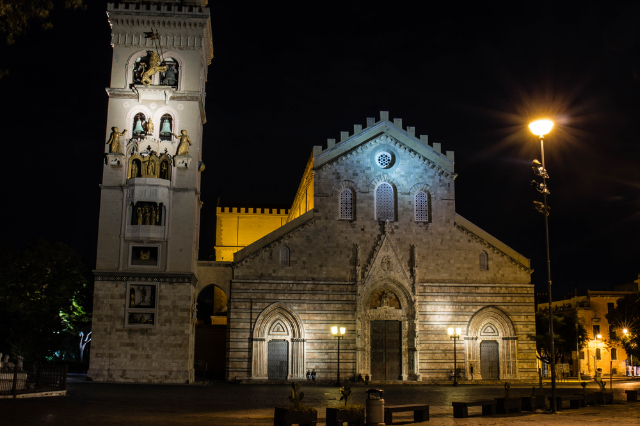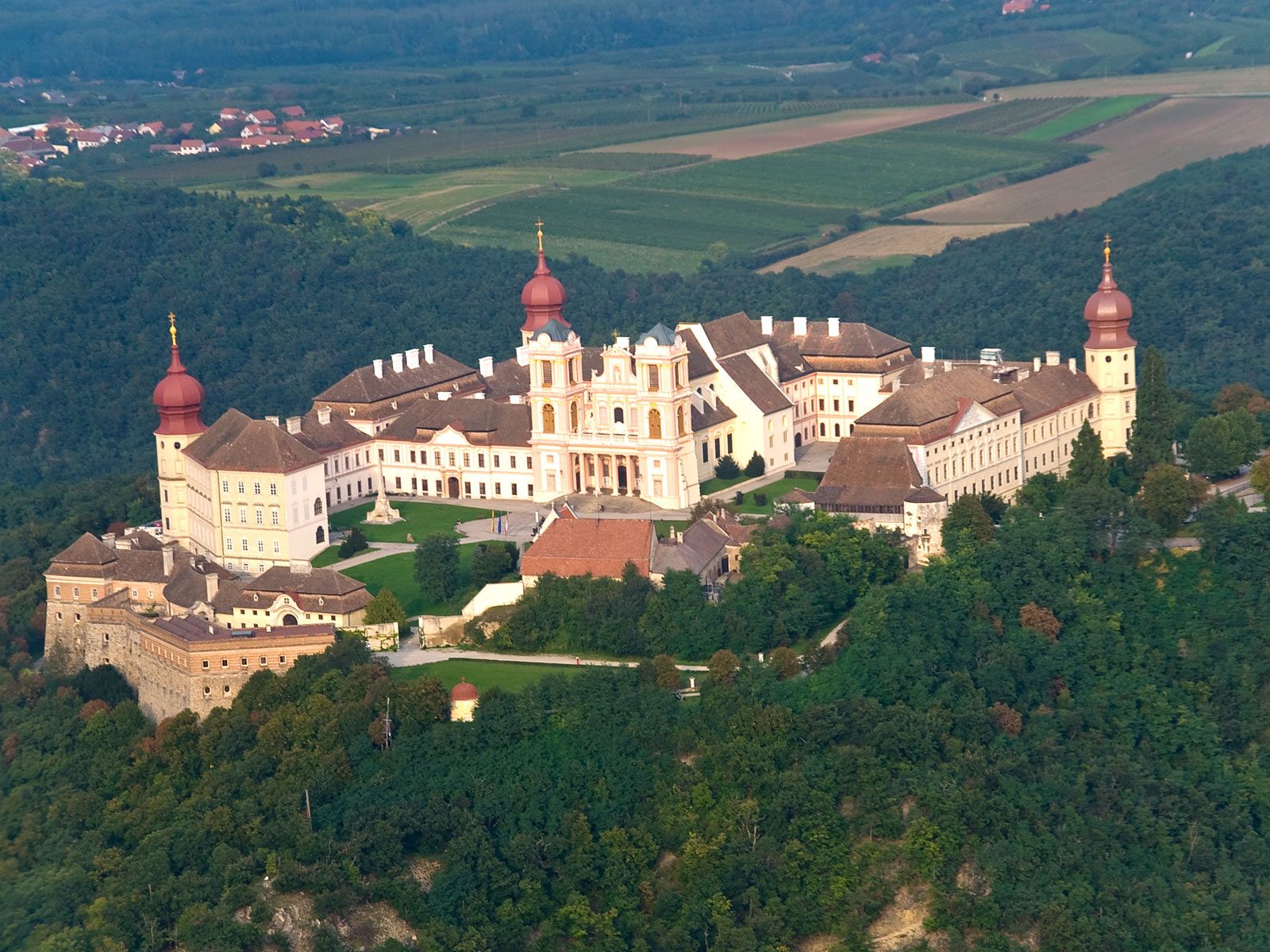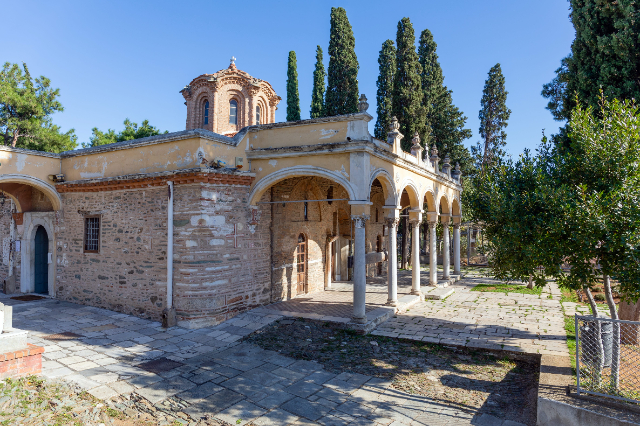Landed here the feeling is that of being just a step away from Paradise, with hawks watching over everything from the top of the cliffs, nature still intact, cliffs and small coves. Lampedusa also preserves traces of an epic past, with the passage of Phoenicians, Greeks, Romans and Arabs. Although it was Ferdinand II of Bourbon who planted the first colony here in 1843. The settlement is concentrated at the southern end, from which a road of about 2 km to the west leads to the sanctuary of the Madonna di Lampedusa (patron saint of the island), a small building surrounded by multicoloured bougainvillea.
Sanctuary built in the 17th century on an isolated site on an important medieval road. The story of the foundation, following the discovery of a miraculous image by the Castellarese Andrea Anfosso, is described on two tombstones and in a fresco of the pronaos of the structure.
The road leading to the sanctuary is lined with 15 chapels representing the mysteries of the Rosary. The sanctuary was built after the return to his native village of a certain Andrea Anfosso. In fact, it is said that in 1561 he was captured by the Turks and transported to the island of Lampedusa, Sicily, from where he managed to escape and, having built a boat with makeshift means, he returned to Castellaro using the sacred image of the Madonna that is still venerated in the sanctuary as a sail.
The building was built, as a votive offering, in the first half of the 17th century, with a church and central and lateral porticoes. On the façade two inscriptions, one in Latin and one in Italian, and a fresco illustrate the "miraculous" event of the salvation of Andrea Anfosso. The internal structure has a central plan. On the high altar there is the sacred image of the Madonna with Bimbo and Santa Caterina. In 1887 the roof collapsed during the Sacred Ashes, causing forty-seven deaths. Inside there are numerous ex-votos to testify the different acts of faith and thanksgiving.
